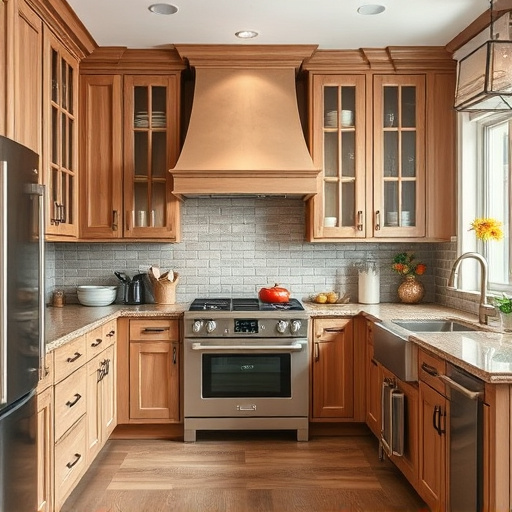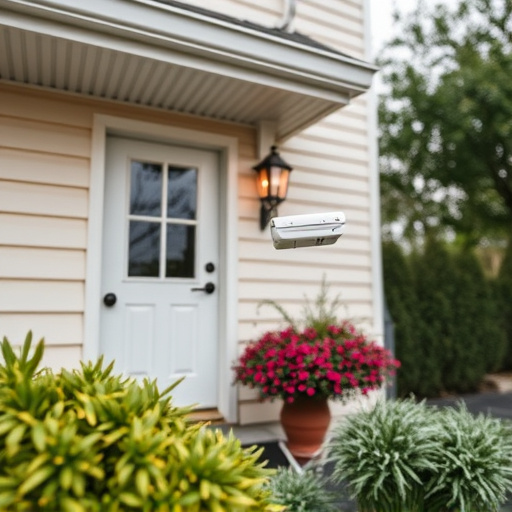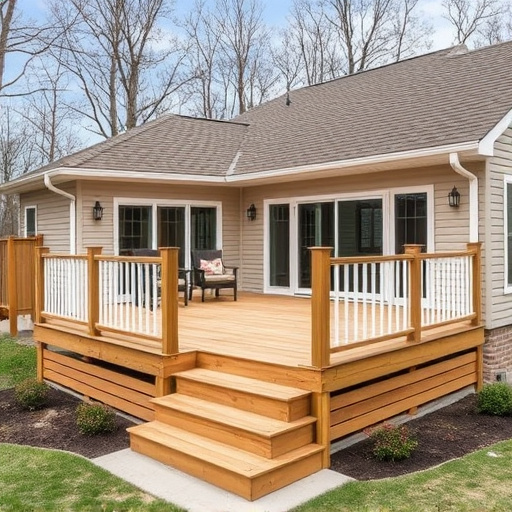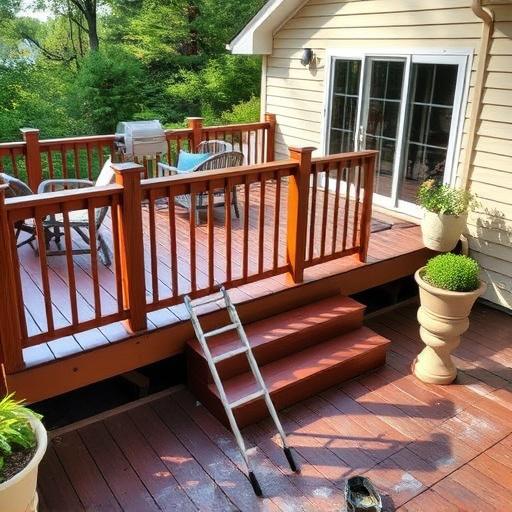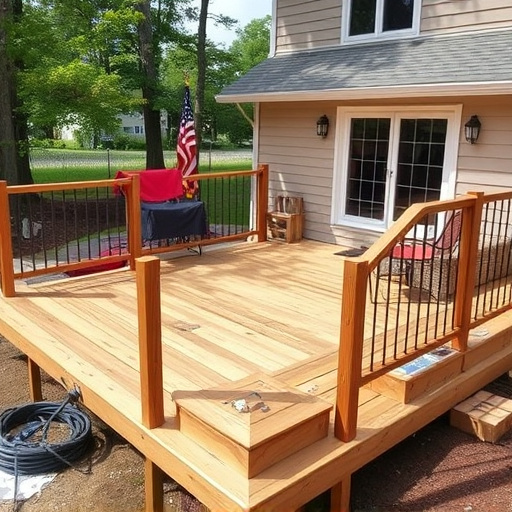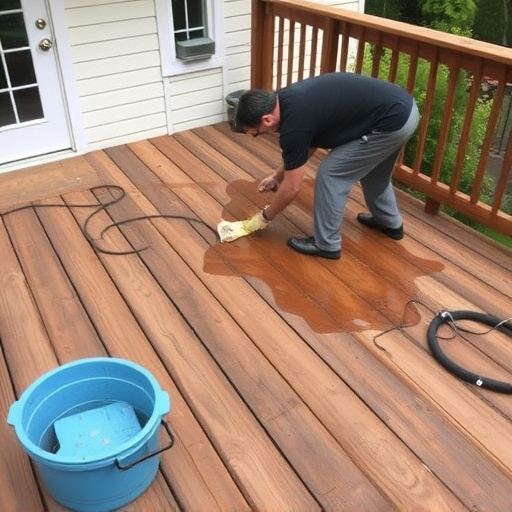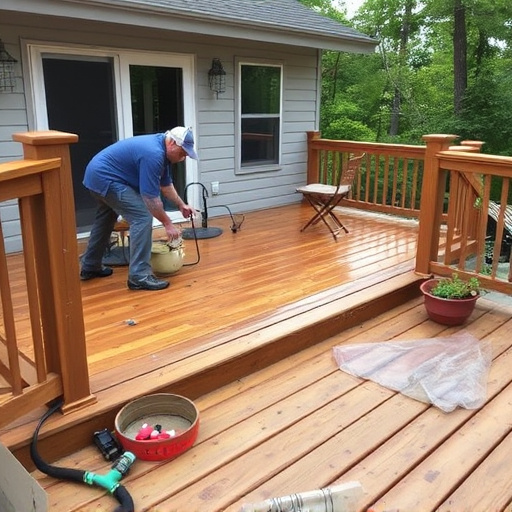Selecting deck materials requires understanding your region's climate challenges, including humidity, rainfall, temperature extremes, and salt air corrosion. Humid environments need water-resistant options like composite wood or treated lumber, while dry regions benefit from UV-protective decking. Colder climates demand slip-resistant textures, and coastal areas require corrosion-resistant materials. Prioritize durability and maintenance based on climate; regular upkeep is crucial for long-lasting decks. Low-maintenance alternatives include siding services and weather-resistant materials.
Choosing the right deck materials is crucial, depending on your region’s climate. This guide helps you navigate the options, considering factors like durability, maintenance, and environmental impact. Understanding how weather patterns influence your outdoor living space ensures a long-lasting, low-maintenance deck that elevates your lifestyle. Explore material options tailored to specific climates, ensuring your deck stands strong against regional challenges.
- Understanding Regional Climate Impact on Decks
- Material Options for Different Climates
- Durability and Maintenance Considerations
Understanding Regional Climate Impact on Decks
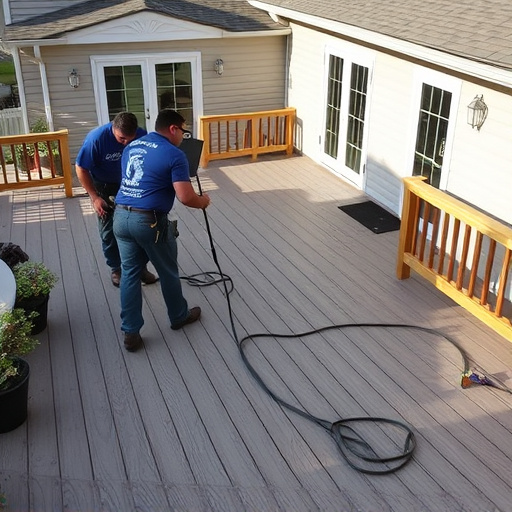
Understanding Regional Climate Impact on Decks
When selecting deck materials, it’s crucial to consider the regional climate where the deck will be constructed and used. Different climates present unique challenges that can affect the durability and performance of various deck materials. For instance, in humid regions with heavy rainfall, materials resistant to rot and mold are essential. On the other hand, areas with extreme temperatures require materials capable of withstanding both heat expansion and cold contraction without warping or cracking. Additionally, coastal zones subject to salt air corrosion necessitate materials that can withstand elevated levels of acidity.
Regional climate also influences the need for specific features like water runoff systems or sun protection. Areas prone to strong winds might demand more robust fasteners and stronger deck structures. By understanding these regional climate factors, homeowners and builders can make informed decisions about which deck materials best suit their needs. Moreover, seeking expert advice from a roof consulting service can provide valuable insights tailored to local conditions, ensuring the longevity and functionality of the deck.
Material Options for Different Climates
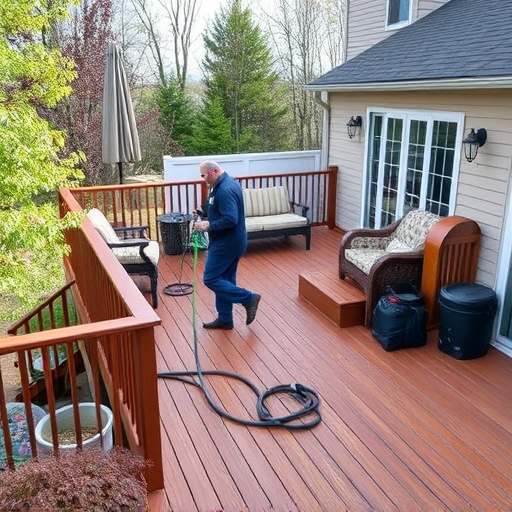
When choosing deck materials, understanding your regional climate is key to ensuring longevity and optimal performance. Different climates demand specific attributes from deck surfaces – whether it’s resistance to moisture in humid environments or durability against harsh sunlight and extreme temperatures. For regions with consistent rainfall, water-resistant decking materials like composite wood or treated lumber are ideal choices as they can withstand frequent exposure to moisture without rot or warping. In contrast, areas prone to long dry spells may benefit from decking options that offer UV protection to prevent fading and cracking, such as certain types of synthetic decking or stone.
For colder climates with significant snowfall, slip-resistant textures on deck surfaces become crucial for safety. Additionally, materials like vinyl or aluminum offer low maintenance and are less susceptible to damage from ice and snow. In coastal regions exposed to salt air, corrosion resistance is essential, making materials like treated wood, composite decking, or fiberglass good options for resisting the corrosive effects of saltwater. When considering home exterior services, including siding repairs or commercial roofing, understanding these climate-specific considerations will ensure your deck stands the test of time and enhances your outdoor living space year-round.
Durability and Maintenance Considerations
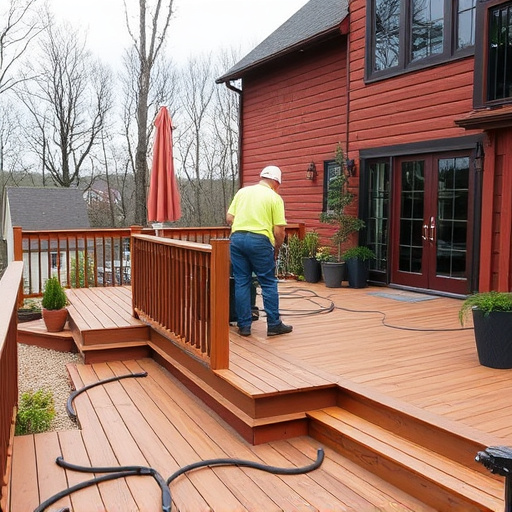
When selecting deck materials, durability and maintenance should be top priorities, especially considering the region’s climate. Different climates demand varying levels of resilience from deck components—from resisting harsh sun exposure to enduring heavy rainfall or snowy winters. Wood decks, for instance, require regular cleaning, sealing, and painting to protect against rot and insect damage in humid areas. Conversely, composite materials are more resistant to fading, cracking, and warping but may be less effective in cold climates where they can become brittle.
Regular upkeep is crucial for maintaining the appearance and structural integrity of any deck. This involves routine cleaning, sealing or staining, and repairing damaged sections promptly. Long-lasting deck materials such as treated wood, composite decking, or vinyl offer excellent durability with minimal maintenance. On the other hand, natural stone or concrete decks require more care but can last for decades if properly maintained. For homeowners seeking low-maintenance options, considering siding services or roofing and siding replacements that incorporate weather-resistant materials can be a practical solution.
When selecting deck materials, aligning your choice with your region’s climate is key. Understanding the local environmental factors ensures a durable and low-maintenance deck that stands the test of time. Whether you live in a humid climate where rot and mold thrive or a dry region prone to extreme temperatures, there are suitable deck materials available. Researching and choosing the right options based on these considerations will not only enhance your outdoor living space but also save you time and money in the long run.


